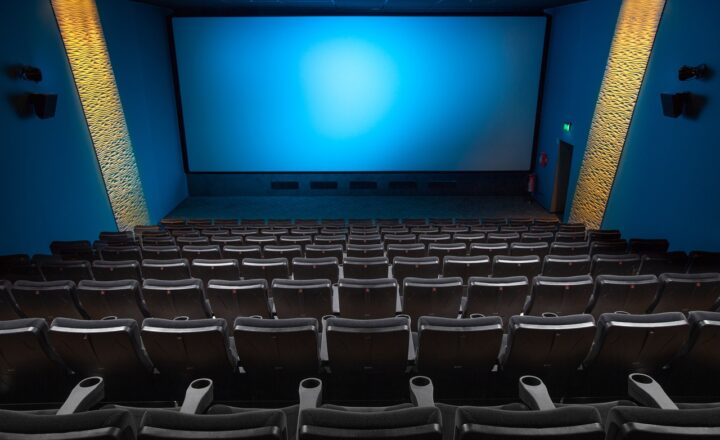How Yo-Yos Became Symbols of Skill and Rebellion in the Early 2000s
November 12, 2024

The yo-yo is more than just a simple toy; it has transcended generations as both an art form and a cultural phenomenon. In the early 2000s, the yo-yo experienced a resurgence that transformed it into a symbol of skill, rebellion, and individual expression. This article explores how the simple act of stringing a yo-yo became a profound statement about youth culture, creativity, and the quest for excellence.
1. The Yo-Yo: A Brief History
The origins of the yo-yo trace back over 2,500 years, believed to have been used by the ancient Greeks and later popularized in various forms across cultures. However, the modern iteration, crafted from wood, plastic, and metal, gained significant traction in the early 20th century. Companies like Duncan Toys popularized the toy in the 1920s, making it a staple of American youth.
Yet, it wasn’t until the late 1990s and early 2000s that a new wave of yo-yoing ignited a cultural revolution. Fueled by the rise of the internet and the advent of video-sharing platforms, young enthusiasts began pushing the boundaries of what could be done with a yo-yo, introducing complex tricks and styles that had never been seen before.
2. The Skill Factor: Mastering the Art of Yo-Yoing
For many, yo-yoing was not just a hobby but a craft. The adrenaline of mastering new tricks and performing them for friends created a sense of community. Events such as the World Yo-Yo Contest showcased the immense skill of competitors from around the globe, making yo-yoing not just about the toy, but about honing a craft that demanded dedication, focus, and creativity.
During this era, intricate tricks like ‘The Brain Twister’, ‘The UFO’, and ‘Walk the Dog’ were only the tip of the iceberg. As players pushed the boundaries further, new tricks were coined, turning yo-yoing into a legitimate art form. With the help of tutorials on platforms like YouTube, young people began to share and innovate at a rapid pace, leading to a culture where anyone could pick up a yo-yo and aspire to greatness.
3. The Rebellion and Individuality
But the yo-yo represented more than just skill; it became a symbol of rebellion and individuality. Thriving in the underground scenes and local skate parks, yo-yoing aligned with an ethos of self-expression that resonated with many youths. This was particularly apparent during the rise of the ‘Alternative’ culture of the time, where traditional forms of rebellion manifested in varied ways—from punk fashion to unconventional hobbies like yo-yoing.
With brands releasing limited edition and custom yo-yos, owning a particular design became a statement about personal identity. Players often modified their yo-yos to fit their unique styles, representing a personalization of interest that echoed the broader sentiments of youth during that time. For many, learning a new trick was not just about the act itself, but about standing out in a world that often dictated norms.
4. The Role of Media and Community
The impact of community and media in the yo-yo resurgence cannot be overstated. Online forums, websites, and video blogs became hotspots for enthusiasts. Community events organized around yo-yoing fostered connections among fans, creating spaces where they could share tips, tricks, and experiences.
Major media exposure also helped elevate the status of the yo-yo. Celebrity endorsements, appearances in films and television, and competitive events showcased yo-yoing as a legitimate and thrilling pursuit. As a result, what was once just a childhood toy gained recognition as a sport—complete with dedicated tournaments and sponsorship opportunities.
5. The Psychosocial Dimension: Connecting and Expressing
Yo-yoing also played a key role in mental and emotional spaces. The meditative quality of practicing tricks provided a means for many young people to channel their energy positively. The intricate focus required to master the yo-yo helped foster resilience and patience, teaching valuable lessons about overcoming challenges.
Moreover, it served as an icebreaker and communication tool among peers, allowing individuals to connect through shared interests. The act of demonstrating a trick often became a social event, leading to friendships forged over mutual admiration and the commitment to improving their skills.
6. Yo-Yoing Today: An Evolving Legacy
Though the frantic pace of technology has accelerated many new trends since the early 2000s, the legacy of that era lives on. The yo-yo community continues to thrive, with social media and online platforms allowing new generations to connect, innovate, and redefine what it means to be a yo-yo player.
Today’s yo-yoing is not just a fleeting fad; it has evolved into a sophisticated community that emphasizes skill development, creativity, and personal expression. With competitions like the World Yo-Yo Contest still gaining traction and new manufacturers producing high-performance yo-yos, the spirit of rebellion and individualism continues to thrive.
Conclusion
In conclusion, the yo-yo endured beyond its primary function as a toy, morphing into a powerful symbol of skill, rebellion, and individuality in the early 2000s. What began as a simple spinning device became a means of self-expression and connection among youth, paving the way for a vibrant community that endures today. As we look back on this cultural phenomenon, we see that the yo-yo remains a testament to the creativity and resilience of the generations that have embraced it, blending artistry with sheer fun.
The yo-yo, once thought to be just a child’s toy, thereby holds a deeper significance; it serves as a reminder that even the most mundane objects have the potential to inspire, connect, and challenge us in extraordinary ways.







